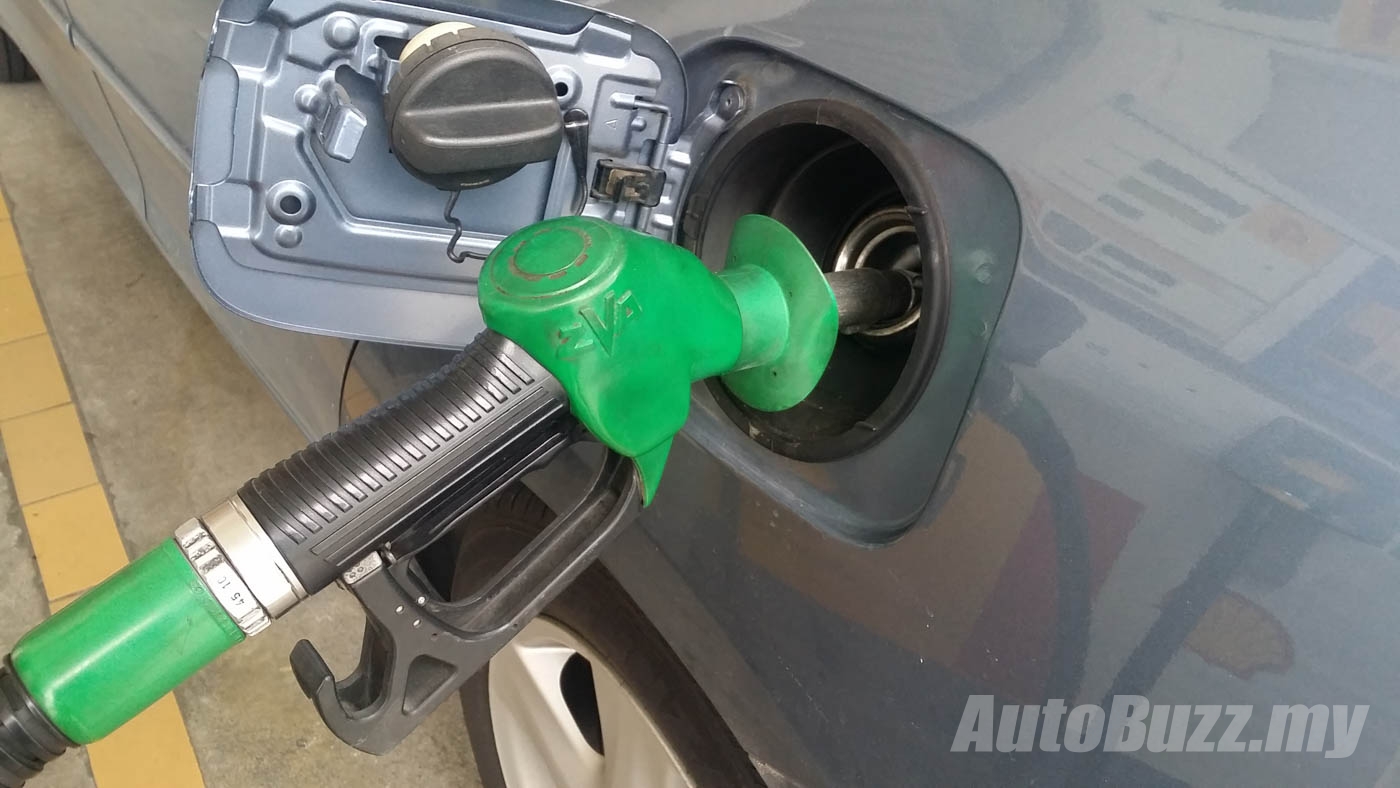The former Barisan National Government, under the leadership of former Prime Minister Najib Razak, implemented various policies that had directly and indirectly impacted the automotive landscape of Malaysia.
The most significant policy change under the former government is the removal of petrol subsidies in December 2014 amidst the rising global oil prices (throughout 2014) and an attempt to reduce the government’s fiscal deficit. In 2014, RON95 was hovering at RM2.10 per litre, RON97 averaged at RM2.70 while diesel prices were capped at RM2.00/litre. The huge price discrepancy between the two grades of petrol was attributed to the subsidiary on RON95 provided by the government.
After the subsidies were withdrawn by the government, global oil prices plummeted to under USD50 per barrel throughout 2015 to 2016. As such then government had to revise the monthly price revision to a weekly affair (starting March 2017) to better reflect the fuel prices.
As Malaysians have elected a new government in the 14th General Elections, part of Pakatan Harapan’s manifesto is to reintroduce petrol subsidies and stabilise the fuel prices. Yesterday (Wednesday, May 16) during a press conference, our new Prime Minister Tun Dr Mahathir Mohamad has said that “present state will stay and if it’s not enough, the government will subsidise”, marking the eight consecutive week where fuel prices have remained unchanged.
Presently, RON95 is priced at RM2.20/litre, RON97 at RM2.47/litre, diesel Euro 2M at RM2.18/litre while diesel Euro 5M is priced at RM2.28/litre. It remains to be seen how the Pakatan Harapan government will implement the fuel subsidies, but they have promised to deliver the plan within their first 100 days in office.
Global oil prices have steadily recovered over the past 12 months, peaking at USD71 per barrel in May 2018 from just under USD50 per barrel in May last year.







